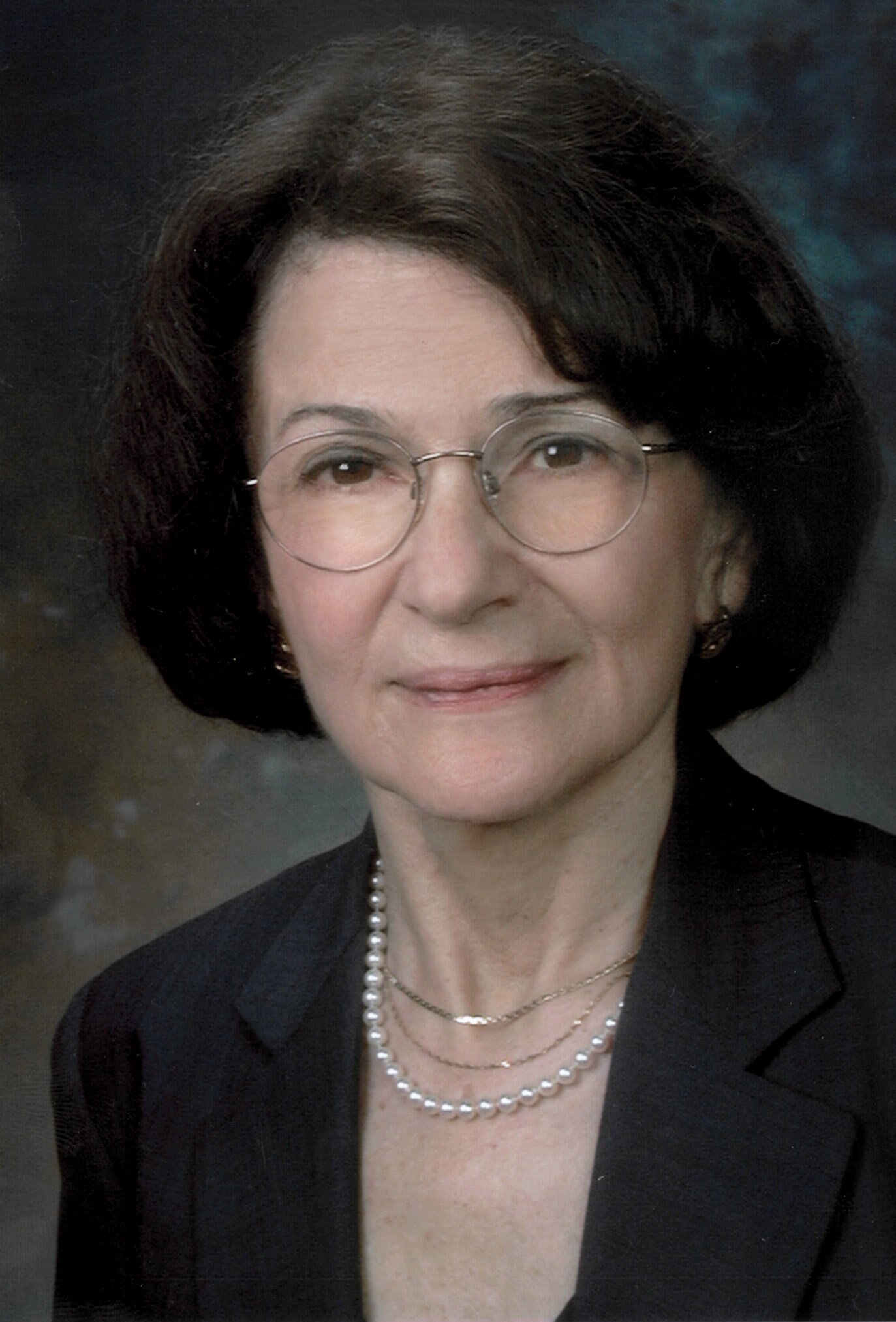Patricia Goldman-Rakic
Induction Category:
Science & Health
Inducted:
2008
When Patricia Goldman-Rakic was tragically killed in 2003, Yale University President Richard Levin described her as “one of the most distinguished neuroscientists of her time.” As one of the first female tenured professors of neuroscience both at Yale and at the National Institute of Mental Health, Goldman-Rakic’s pioneering multi-disciplinary research in working memory and the brain’s prefrontal cortex was groundbreaking and led scientists to deeper knowledge of the brain than ever thought possible.
The daughter of Irvin Schoer, son of Latvian immigrants, and Jenine Pearl, a Russian immigrant, Patricia Schoer was born in Salem, Mass., in 1937. Patricia, her twin sister Ruth, and older sister Linda grew up in Peabody, Mass., where the family moved in the late 1930s. She attended Peabody High School and then Vassar College, where she studied experimental psychology. Schoer graduated from Vassar in 1959 with a B.A. in neurobiology. She went on to UCLA where she earned a Ph.D. in developmental psychology in 1963. Her dissertation research focused on the links between stress and cognitive development in rats and marked the beginning of her interest in the connections between brain development and behavior.
Upon completion of her graduate studies, she began her research at the National Institute of Mental Health, where she worked from 1965 to 1979, eventually becoming its Chief of Developmental Neurobiology. During her time at the NIMH she developed a first of its kind biological map of the brain’s frontal lobe. Until her groundbreaking research, scientists believed that the prefrontal cortex was inaccessible and unable to be studied with conventional scientific methods. She discovered that the prefrontal cortex is much more than a confused mass of firing nerve cells and that it is instead made up of highly specialized nerve cells arranged in columns. Her findings were pivotal to scientists’ understanding of how the brain operates and led to improved understanding of schizophrenia, among other mental illnesses. As NIMH clinical brain disorders head Daniel Weinberger noted, “Her discoveries about the prefrontal cortex reverberated throughout the world of schizophrenia research. She single-handedly elevated it from phenomenology and speculation, to an understanding of basic mechanisms of disease.”
During her time at the NIMH, she spent a year at the Massachusetts Institute of Technology investigating techniques that would expand her own lab’s research capabilities. It was during this year at MIT that she met Pasko Rakic, whom she married in 1979. The couple moved to New Haven, Conn., where he became head of the newly formed Section of Neurobiology at Yale University. Goldman-Rakic would spend the rest of her career at Yale, continuing her pioneering research and expanding its multi-disciplinary reach. She collaborated with other notable researchers to run detailed studies of neuro-chemical development, and the results helped pave the way for improved understanding and treatment of both schizophrenia and Parkinson’s disease, among others. As part of her research, she discovered that cells in the prefrontal cortex are dedicated to specific memory tasks. This led to her development of a theory of working memory, which she also applied to studies of memory loss, schizophrenia, Alzheimer’s disease, and other illnesses. Her work led to new ways of thinking about brain disorders and development.
In addition to her research, Goldman-Rakic was a prolific writer, publishing more than 300 scholarly articles and co-editing three books. With her husband, she founded and co-edited the journal Cerebral Cortex. She was the recipient of numerous awards including the Alden Spencer Award from Columbia University, the Fyssen Prize in Neuroscience, the Lieber Prize from the Brain & Behavior Research Foundation and Gerard Prize from the Society for Neuroscience. She was inducted into the National Academy of Sciences, the National Academy of Arts and Sciences, the Institute of Medicine, and the Vassar College Women in Science Hall of Fame. Goldman-Rakic also received honorary doctorates from the University of Utrecht in the Netherlands and the University of St. Andrews in Scotland. In honor of her immense contributions to the field of neuroscience, several awards are now given in her name.
Though she once told a friend she was unsure if she would be able to “make it in a man’s world,” Goldman-Rakic more than proved that she could. Her pioneering research opened up the field of neuroscience and provided invaluable insight into the functioning of the human brain. Because of her work, innumerable lives have been changed as scientists have been better able to understand brain disorders, from schizophrenia to attention-deficit-hyperactivity disorder, to Alzheimer’s disease.
Patricia Goldman-Rakic died on July 31, 2003, three days after being struck by a car as she crossed a busy street near her New Haven home. Her loss was mourned by the scientific community at large, but her pioneering work lives on in the continued research of new generations of scientists.
Born: 1937
Died: 2003
Town: New Haven
During This Time:
1966 - Today: Struggle for Justice Learn more about the time period in which this Inductee lived.


